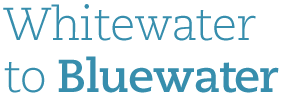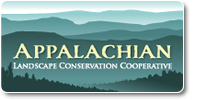Restoration of Essential Habitats for Juvenile Tarpoon and Snook
| Project Start Date | |
|---|---|
| Project Leader | |
| Organization |
Habitat loss and degradation are major threats to coastal fisheries, especially alterations of freshwater flow into estuarine habitats. This project will restore natural topography and hydrology to 229 acres of coastal land that includes juvenile habitat for economically and recreationally important tarpon and snook. Monitoring of water quality and fishes within mangrove creeks will quantify the changes resulting from restoration. An established education program will be used to disseminate project results to the public, and the project site will be protected and managed as a public park and nature preserve in perpetuity. This project is currently on-going.
Importance to the Resource: Mangroves and salt marsh are essential to healthy coastal
ecosystems. They maintain shoreline integrity, filter freshwater entering the estuary, and
provide irreplaceable habitat for many species of fishes, invertebrates, and birds, many of
which are economically important. Loss of these habitats has greatly reduced the health
of coastal fisheries.
The Problem: Habitat loss and degradation negatively impact fisheries; this is especially
true for fishes whose juvenile stages depend on shallow mangrove habitats, such as
tarpon and snook. Often, mangrove habitats remain structurally intact but functionally
impaired, because freshwater flow into the mangroves has been altered. These changes
to salinity patterns can impact marine life as drastically as increases in nutrients and
pollutants. The project site contains an upland-mangrove system that hase been so
modified.
The Objective: To restore natural topography and hydrology to coastal upland and
wetland habitats, returning natural quality, quantity and timing of freshwater entering a
mangrove creek, thereby increasing the abundance of mangrove fishes, and reestablishing
natural upland-wetland connectivity.
Method: Heavy equipment and on-the-ground personnel will restore natural land
elevations, including sloughs that connect the uplands and mangrove habitats, via removal of berms and filling of ditches. This will restore natural freshwater flow and
connectivity between mangrove and upland habitats.
On-going
Wetland Restoration
Associated Locations
| Town | zip code | county | state | congressional dist |
|---|
Barriers
| Name of barrier | Latitude | Longitude | FONS ID | FIS Project ID | FWS Acc. # |
|---|
Document Actions






